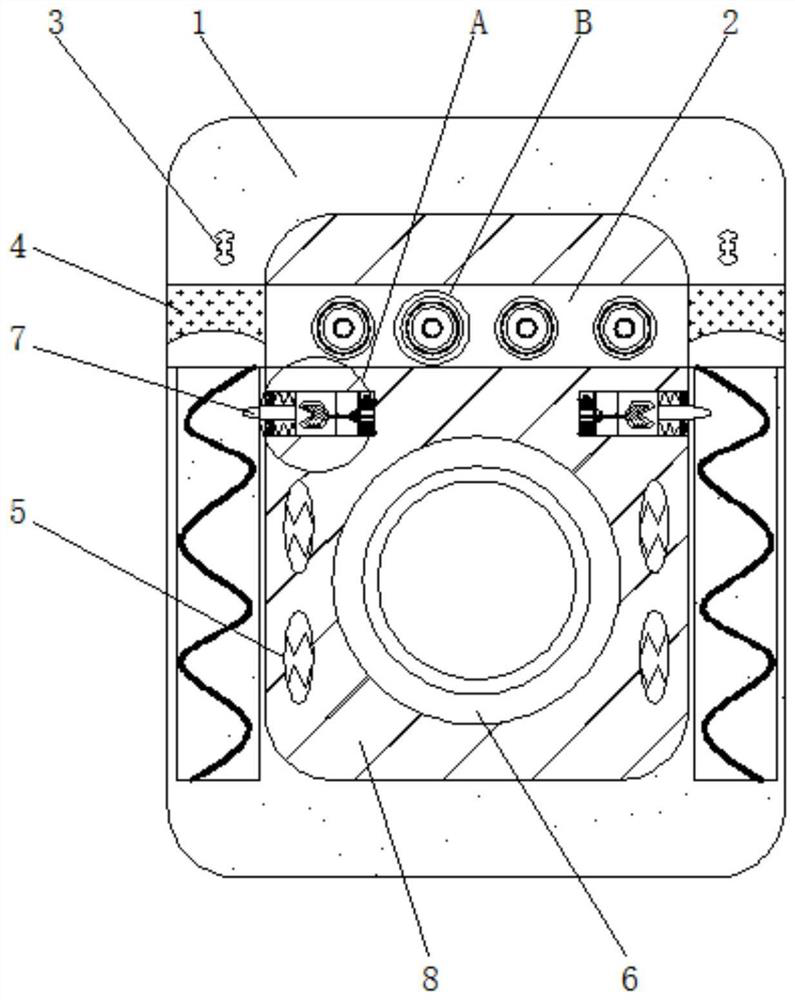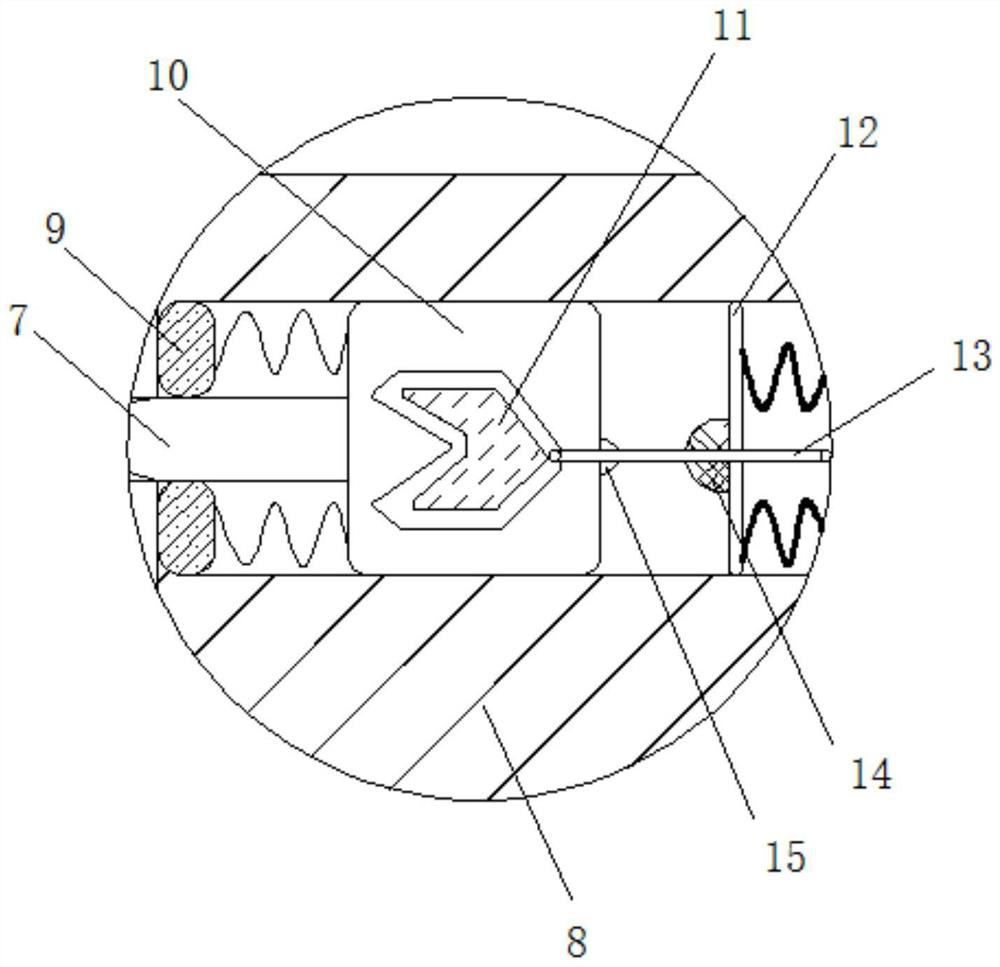Inspection robot probe with self-cleaning function
An inspection robot and functional technology, applied in the field of intelligent robots, can solve the problems of waste of resources, dust accumulation, time-consuming and labor-intensive, etc., to reduce environmental damage, reduce energy consumption, and improve work efficiency.
- Summary
- Abstract
- Description
- Claims
- Application Information
AI Technical Summary
Problems solved by technology
Method used
Image
Examples
Embodiment Construction
[0026] The following will clearly and completely describe the technical solutions in the embodiments of the present invention with reference to the accompanying drawings in the embodiments of the present invention. Obviously, the described embodiments are only some, not all, embodiments of the present invention. Based on the embodiments of the present invention, all other embodiments obtained by persons of ordinary skill in the art without making creative efforts belong to the protection scope of the present invention.
[0027] see Figure 1-5 , a patrol robot probe with self-cleaning function, comprising a housing 1, the inner wall of the housing 1 is fixedly connected with an inner shell 8, the inner wall of the inner shell 8 is fixedly connected with a camera 6, and the inner wall of the inner shell 8 is close to the camera 6 The outer side of the housing 1 is fixedly connected with a photoresistor 5, the inner wall of the housing 1 and the outer side near the inner housing...
PUM
 Login to View More
Login to View More Abstract
Description
Claims
Application Information
 Login to View More
Login to View More - R&D
- Intellectual Property
- Life Sciences
- Materials
- Tech Scout
- Unparalleled Data Quality
- Higher Quality Content
- 60% Fewer Hallucinations
Browse by: Latest US Patents, China's latest patents, Technical Efficacy Thesaurus, Application Domain, Technology Topic, Popular Technical Reports.
© 2025 PatSnap. All rights reserved.Legal|Privacy policy|Modern Slavery Act Transparency Statement|Sitemap|About US| Contact US: help@patsnap.com



